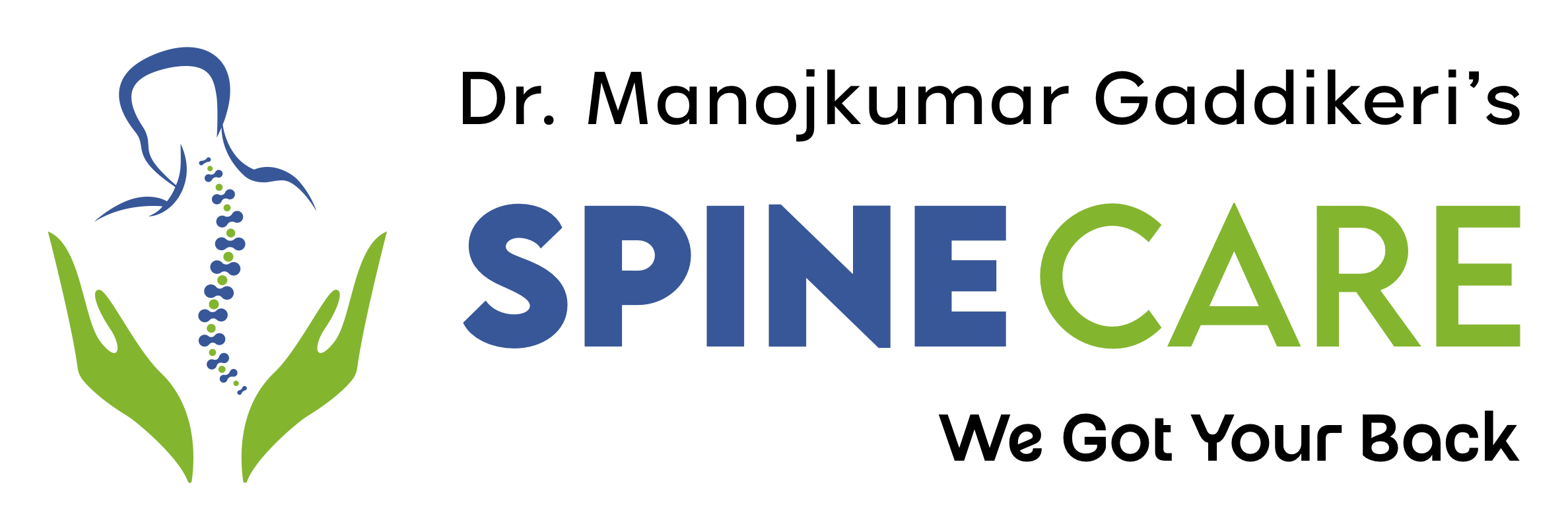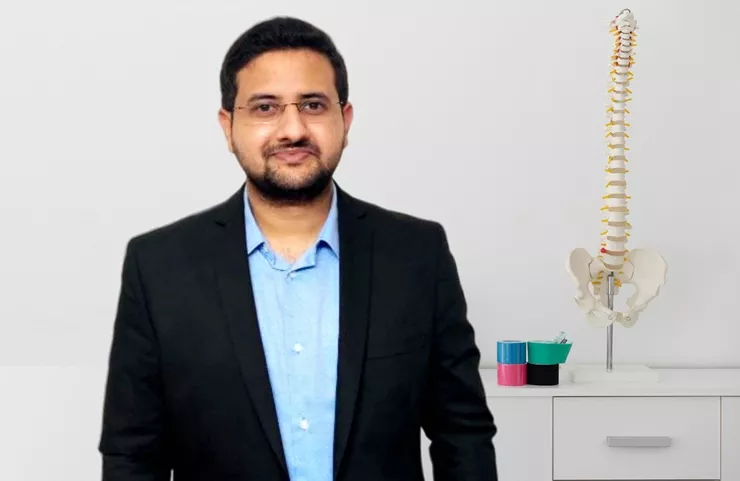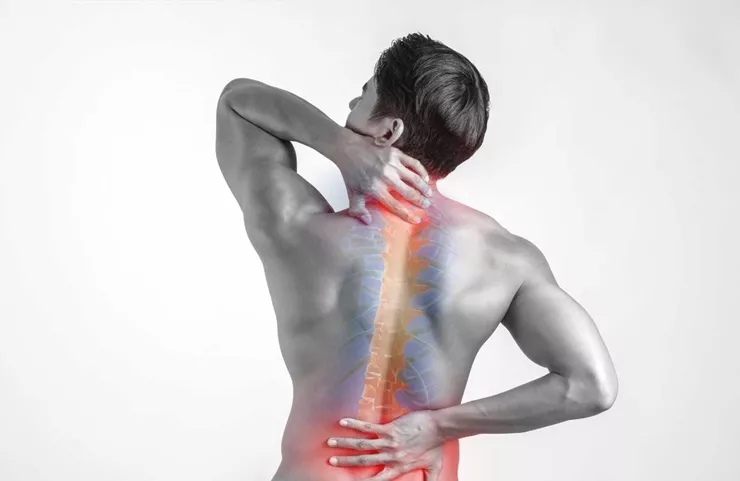Introduction
Lower back pain is one of the most common health complaints among women, affecting millions of individuals worldwide. It can range from a mild, dull ache to severe, debilitating pain, often limiting daily activities and quality of life. The causes of lower back pain in women are numerous and can vary depending on age, lifestyle, and underlying health conditions.
In this blog post, we will explore the common causes of lower back pain in women and offer practical solutions to help alleviate discomfort. From muscle strain to hormonal fluctuations, understanding the root cause of your pain is the first step toward finding effective relief.
Common Causes of Lower Back Pain in Women
Lower back pain in women can be triggered by a variety of factors, many of which are unique to women’s anatomy and life stages. Here, we will discuss the most common causes of lower back pain in women.
2.1. Poor Posture
One of the most common causes of lower back pain, regardless of gender, is poor posture. Women often spend extended periods sitting at desks, using smartphones, or carrying heavy bags, which can lead to misalignment in the spine.
How it contributes to pain: Slouching, hunching forward, or sitting for prolonged periods increases pressure on the spine and its surrounding muscles, leading to discomfort and tension in the lower back.
2.2. Pregnancy and Postpartum Changes
During pregnancy, the body undergoes significant changes to support the growing baby. The extra weight, hormonal changes, and shift in posture can all contribute to lower back pain. After childbirth, the body may take time to return to its pre-pregnancy state, which can also lead to back discomfort.
How it contributes to pain: The growing belly shifts your center of gravity, forcing the lower back to bear more weight. Additionally, pregnancy hormones like relaxin loosen the ligaments and joints, increasing the risk of strain.
2.3. Menstrual Cycle and Hormonal Changes
Hormonal fluctuations that occur during menstruation, pregnancy, or menopause can also contribute to lower back pain. Prostaglandins, hormone-like substances released during menstruation, can cause uterine contractions and inflammation, leading to discomfort in the lower back.
How it contributes to pain: The hormonal changes during the menstrual cycle, pregnancy, and menopause can influence inflammation and muscle tension, resulting in back pain. Women also experience a shift in hormone levels during menopause, which can lead to weakened bones and increased pain sensitivity.
2.4. Osteoarthritis and Degenerative Disc Disease
As women age, the risk of developing osteoarthritis (OA) or degenerative disc disease (DDD) increases. These conditions involve the wearing down of cartilage or the discs between vertebrae, which can lead to pain and stiffness in the lower back.
How it contributes to pain: OA and DDD cause the spine’s joints and discs to deteriorate, resulting in inflammation, pain, and decreased mobility in the lower back.
2.5. Sciatica
Sciatica refers to pain that radiates along the sciatic nerve, typically from the lower back through the hips and down the legs. This condition often occurs when a herniated disc or bone spur presses on the sciatic nerve.
How it contributes to pain: The compression of the sciatic nerve can cause intense, sharp pain in the lower back, buttocks, and legs, often making it difficult for women to move freely.
2.6. Sedentary Lifestyle and Lack of Exercise
Many women, especially those with desk jobs or busy schedules, find it challenging to stay active. A lack of physical activity weakens the muscles that support the spine, making them more prone to strain and injury.
How it contributes to pain: Inactivity can lead to tightness in the lower back muscles and weakened core muscles, making it more difficult to support proper posture and prevent pain.
How to Relieve Lower Back Pain in Women
While the causes of lower back pain in women vary, there are several strategies that can help alleviate discomfort and promote long-term relief. Below are effective treatments and lifestyle changes that can help manage lower back pain.
3.1. Exercise and Stretching
Regular physical activity is one of the most effective ways to prevent and relieve lower back pain. Strengthening the muscles in your core, lower back, and hips can help improve posture and reduce strain on the spine.
Key exercises:
- Pelvic tilts: Lie on your back with knees bent. Tighten your abdominal muscles and gently tilt your pelvis upward, holding for a few seconds before relaxing.
- Bridge exercise: Lie on your back, bend your knees, and place your feet flat on the floor. Lift your hips towards the ceiling while squeezing your glutes and core muscles.
- Child’s pose: Start on all fours and gently sit back towards your heels while stretching your arms forward, keeping your back long and relaxed.
Stretching can also help improve flexibility and reduce muscle tension. Focus on stretches for the hips, hamstrings, and lower back.
3.2. Heat and Cold Therapy
Applying heat or cold to the affected area can help reduce pain and inflammation.
- Cold therapy: Apply an ice pack wrapped in a towel to the lower back for 15-20 minutes to reduce swelling, especially during the first 48 hours after pain starts.
- Heat therapy: After the initial inflammation has subsided, use a heating pad to relax muscles and improve blood flow to the area.
Both heat and cold therapies are simple, effective ways to manage back pain at home.
3.3. Proper Posture and Ergonomics
Making small changes to your daily routine can significantly reduce strain on your lower back. Whether you’re sitting at a desk, sleeping, or lifting objects, practicing good posture is key to avoiding back pain.
- Sit with proper support: Ensure your chair supports the natural curve of your spine. Keep your feet flat on the floor and avoid slouching.
- Use lumbar support: When sitting for long periods, use a small pillow or lumbar roll to support the lower back.
- Lift with your legs: Avoid bending at the waist when lifting heavy objects. Always squat down, bend your knees, and lift with your legs.
3.4. Weight Management
Maintaining a healthy weight helps reduce the pressure on your lower back. Excess weight, especially around the abdomen, can cause an imbalance in the spine and increase the risk of back pain.
How to manage weight:
- Follow a balanced diet rich in fruits, vegetables, lean proteins, and whole grains.
- Engage in regular physical activity, such as walking, swimming, or strength training.
3.5. Pain Relief Medications
For temporary relief, over-the-counter (OTC) pain medications, such as ibuprofen or acetaminophen, can help alleviate lower back pain. Be sure to follow the recommended dosage and consult your doctor before using any medication, especially if you have underlying health conditions.
3.6. Consider Physical Therapy
If the pain persists or becomes chronic, physical therapy may be beneficial. A physical therapist can help develop a personalized exercise and stretching program to strengthen the muscles supporting your spine and improve mobility.
When to Seek Medical Help
While most cases of lower back pain can be managed with home remedies and lifestyle changes, it’s important to consult a healthcare provider if:
- The pain persists for more than a few weeks.
- You experience numbness, tingling, or weakness in your legs.
- You have difficulty controlling your bladder or bowels.
- The pain is severe or worsens over time.
In these cases, your doctor may recommend imaging tests, physical therapy, or even surgical interventions if necessary.
Conclusion
Lower back pain is a common and often manageable issue for women, but identifying the underlying cause is essential for effective treatment. Whether due to poor posture, pregnancy, hormonal changes, or aging, there are several ways to alleviate and prevent lower back pain. By incorporating regular exercise, practicing good posture, using heat and cold therapy, and maintaining a healthy weight, women can effectively manage their pain and improve their quality of life.
If your pain persists or becomes chronic, seeking professional medical advice is important to rule out more serious conditions and receive targeted treatment. By taking proactive steps today, you can protect your back and enjoy a pain-free future.








